If you want to know the right and wrong way to waterproof your basement wall, this is the article for you. There are many blogs out there promoting “waterproofing paint” or “concrete sealers.” These products may sound affordable or practical but be warned. They’re not.
What Happens If You Don’t Waterproof Your Basement Wall?
Without a waterproof basement wall, your foundation is susceptible to moisture intrusion. If you’ve ever noticed that your basement is damp, it’s probably because water is seeping through your concrete. Your basement might also have humidity problems because moisture is sitting on your floors or sticking to your walls. Here are a few things that can happen when water enters your basement.
- Mold – Mold can be extremely unsightly and unhealthy. Once humidity levels reach around 70%, your basement becomes home to all types of mold, rot, and mildew. Rot can eat away at stored furniture and structural joists. Mold can cause breathing problems, eye irritations, and skin issues.
- Odors – Mold growth and sitting water can release foul-smelling gases that permeate the room and stick to your carpet, clothing, and furniture. Because you breathe the air from the floor below you, these smells can travel up to the rest of your home and begin to affect your family.
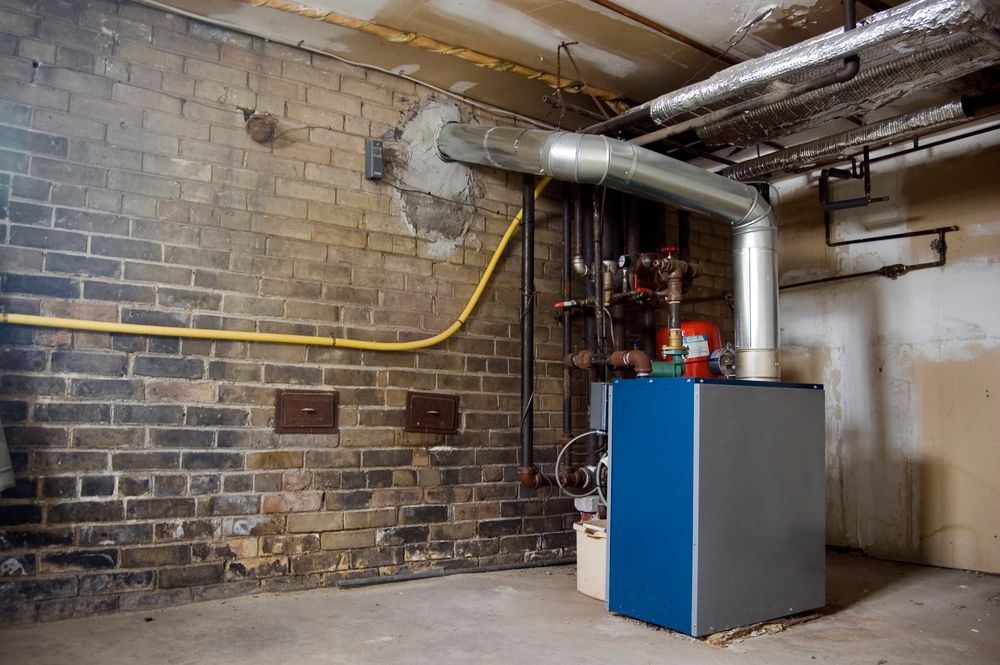
- Structural issues– Water seepage clearly indicates that excess moisture is building up in the soil directly outside your basement walls. If too much water saturates the soil, it can lead to hydrostatic pressure. This is when the pressure outside your basement becomes too much for your concrete walls to handle, causing them to bow, shear, tip, or lean.
- Insects and rodents – A damp basement is the perfect breeding ground for all sorts of pests. Fruit flies will nest in puddles and wet corners of your basement. Rats and mice love damp and cluttered areas, leaving pheromones that will attract more rodents.
Overall, a basement without a proper waterproofing system leaves the space under your home vulnerable. Whether your basement is finished or not, always keep in mind the risks of leaving it unprotected. That brings us to our next point.
What’s The Wrong Way To Waterproof Your Basement Wall?
Stay away from “waterproofing paint” and “concrete sealers.” These coatings may be easy to apply, but if you read their warranties carefully, you’ll notice they’re not as effective as they sound. These products are usually oil or latex based, claiming they stop moisture penetration. They also claim they can withstand 8 to 12 pounds of pressure per square inch. For every four feet of water, nearly 300 pounds of pressure per square foot can push against your basement wall.
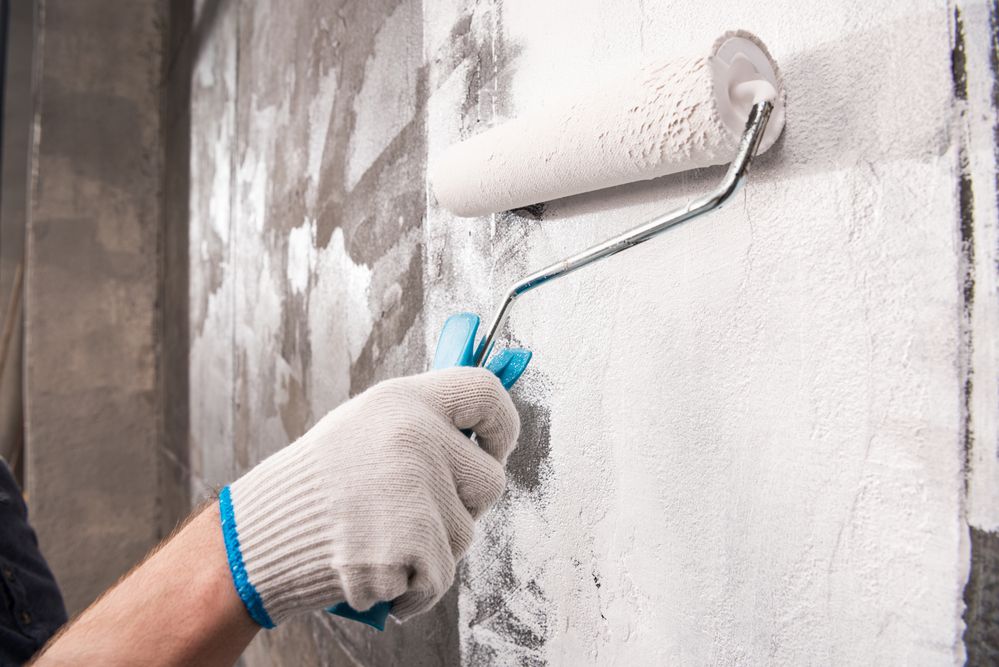
These coatings also claim they can stop mold growth. But, we at The Real Seal have seen mold growing on all sorts of waterproofing paint products. Overall, these coatings don’t penetrate the concrete deep enough to keep water from seeping through. In fact, these coatings just keep water from seeping out of your concrete, keeping the moisture inside your walls, leading to honeycombing and efflorescence. The total lifespan of waterproofing paint is around two years, making it a very temporary solution.
What’s The Right Way To Waterproof Your Basement Wall?
The best way to waterproof your basement wall is by installing a three-part system. This system comprises of a drain tile, vapor barrier, and sump pump.
- The drain tile – A drain tile isn’t really a “tile.” It’s actually a series of perforated pipes laid in a bed of washed stone placed right at the base of your foundation walls. If placed inside your basement, they collect rising groundwater that’s trying to seep through your cove joints (the space where your wall meets your floor). If placed outside your walls, they collect water that’s seeping into your soil. Both placements work and accomplish the same task. But, they are only one part of a working system.
- The vapor barrier – A vapor barrier is a thin polyethylene sheet (10 to 20 mil thick) applied to the inside of your basement walls. This sheet catches water that seeps through your concrete, channeling it downwards to the drain tile below. This prevents water from ruining your drywall or paneling. Note: In order to apply a vapor barrier to a finished basement, we will need to remove any finishes.
- The sump pump – The sump pump is the final working part of the system and the critical component in removing the water from your basement. Once water is collected in the drain tile, it’s carried to a sump pit (a small well in your concrete floor). Inside the sump pit is the sump pump, a mechanical device that detects when water reaches a certain point in the pit. Once the water reaches a certain level, the pump turns on and begins to eject the water from the pit through discharge lines. These lines lead out of your basement and deposit the water away from your foundation.
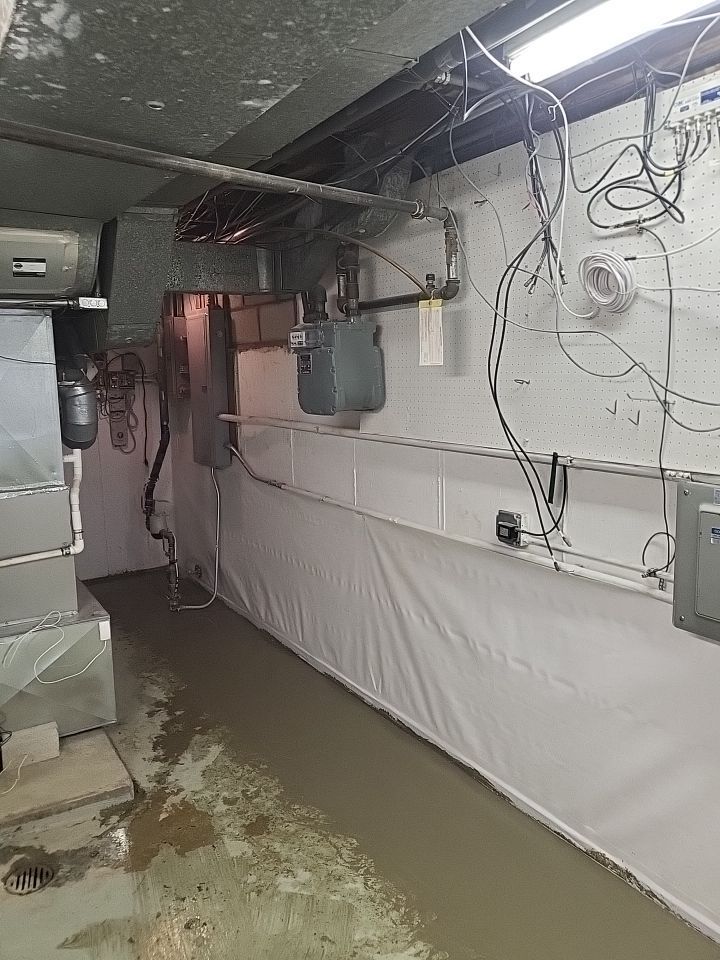
All three parts of this system create the most effective waterproofing solution.
Who Can Waterproof Your Basement Wall?
If you live in the Chicagoland area and need professional solutions, call The Real Seal. We’ve been waterproofing basements and other foundation types since 2011. Our foundation waterproofing experts will inspect your basement, find out where water is coming from, why it’s building up outside your walls, and employ the best waterproofing system ever. We also offer foundation repair, concrete leveling, and more. Call today for your free inspection and estimate.
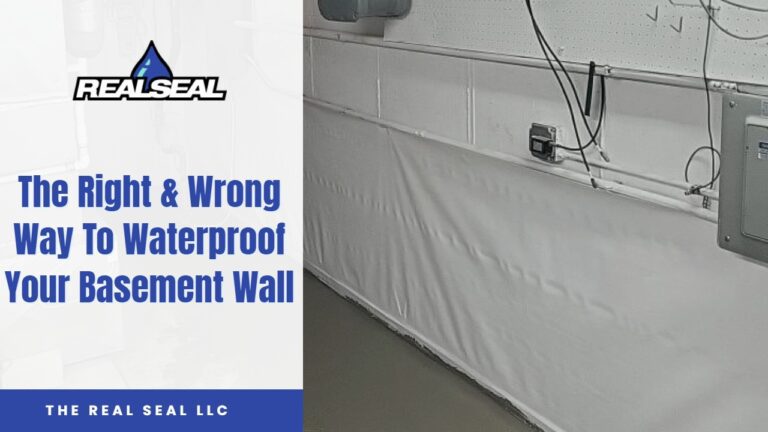
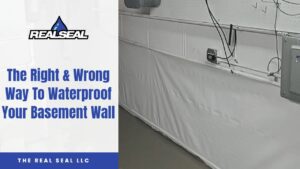





2 Responses
Thank you for mentioning that mold development and standing water can emit odorous fumes that permeate the space and adhere to your carpet, clothing, and furniture. My grandmother’s home is vulnerable to flooding. I’ll contact a commercial foundation waterproofing firm to ensure that my grandmother’s house is protected against the effects of a subsequent flood.
Happy to help Iris! Good luck in the search!